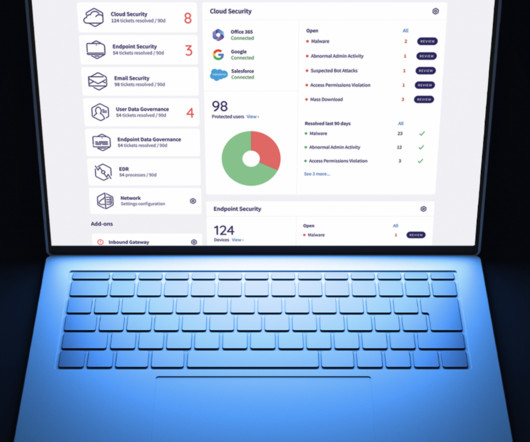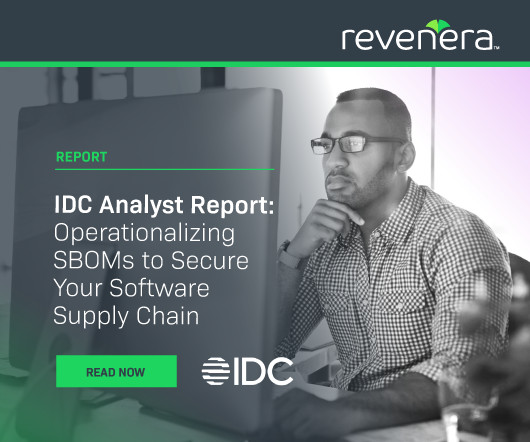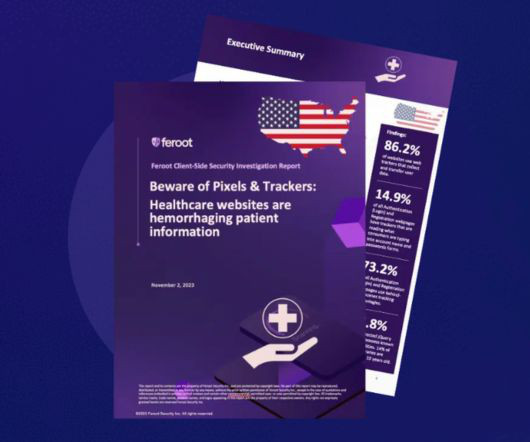Cookie forcing
Scary Beasts Security
NOVEMBER 24, 2008
It's time to write some coherent details about "cookie forcing", which is the name I've given for a new way to attempt to break into secure https sessions. This is surfjacking to the max - attacks an active MITM (man-in-the-middle) can attempt against an https application that follows best practices like marking its cookies secure; avoiding XSS and XSRF; etc.




























Let's personalize your content